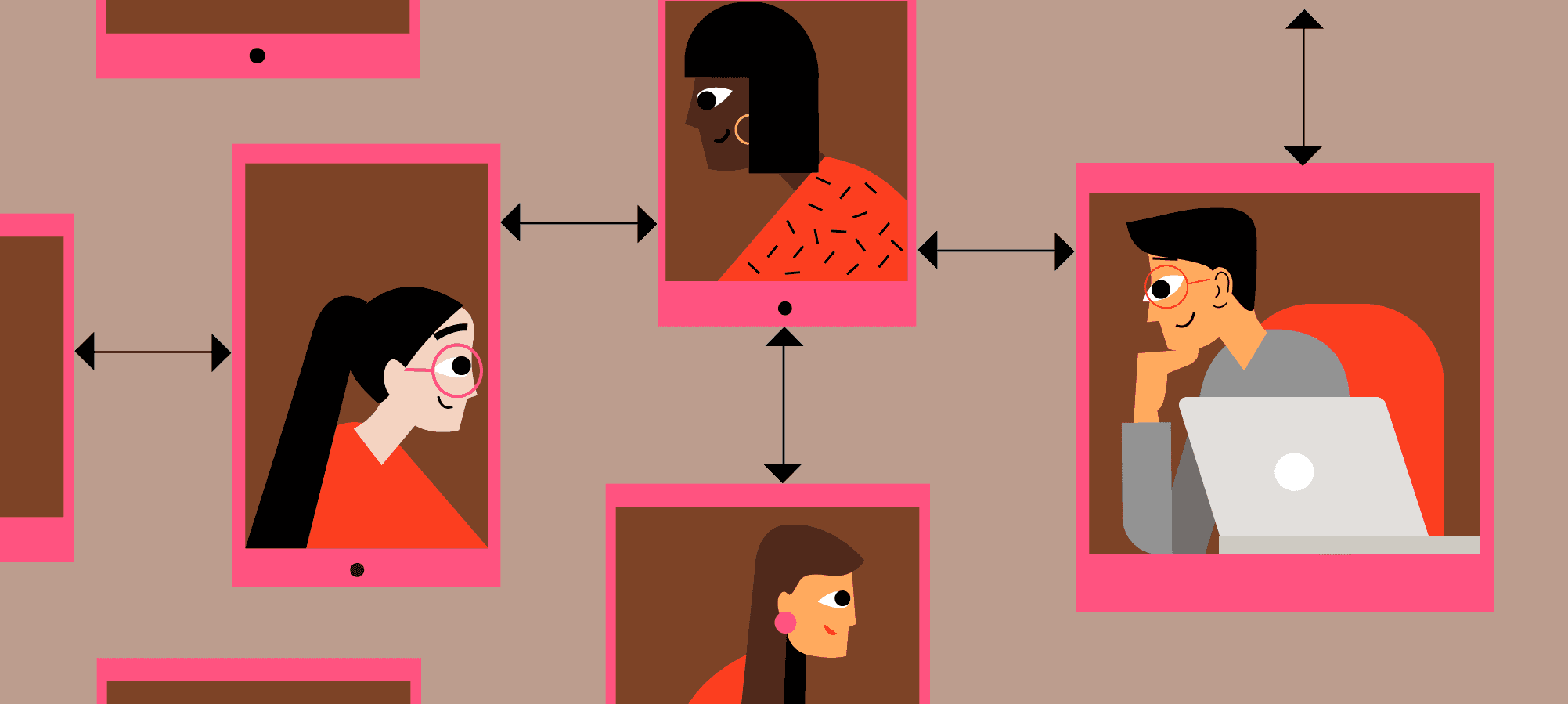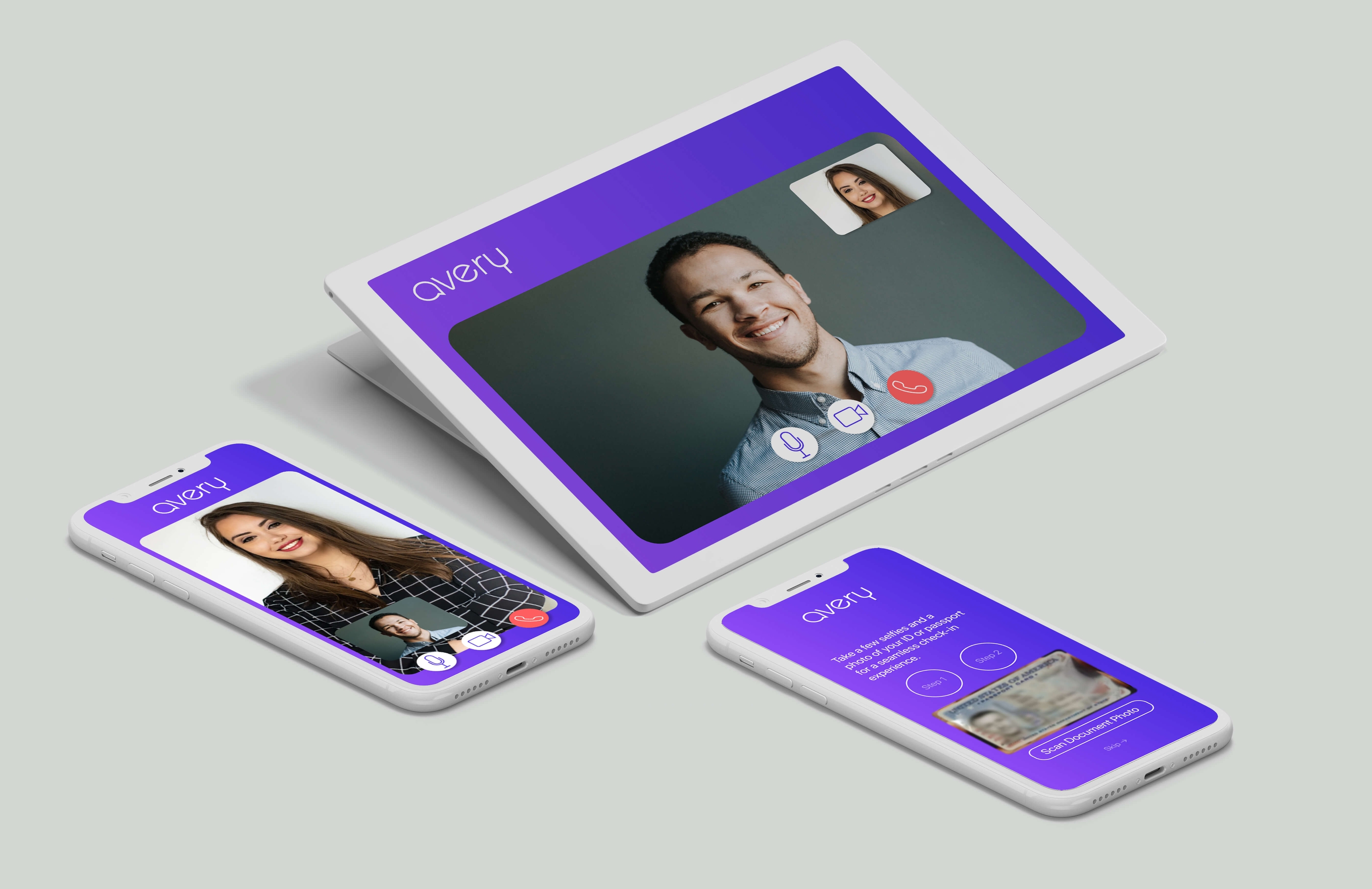In these unprecedented times of Covid19, the entire world has come to a near standstill. The pandemic is having a drastic effect on our social and economic order, disrupting our personal and business lives in ways we couldn’t have previously imagined.
It has become clear that access to the Internet and digital technologies is crucial for adapting to and thriving in this new way of living which will exist in some form long after the virus has been contained.
In this new normal, we’ll tailor most of our activities to comply with the public safety and health measures and the habits that we form now won’t go away any time soon. In this sense, technology is and will continue to be a valuable lifeline providing much needed social connectivity and helping us bridge the gaps brought on by social distancing.
Pandemic is Fast-tracking Digital Transformation
On the micro-level processes of everyday life, technology has enabled us to work, socialize, communicate, and do our leisure activities all from the comfort of our homes. Just think of all the different messaging platforms, video calling apps, collaboration tools, distant learning platforms, fitness apps, on-demand service apps, etc. All of these tools are making social distancing measures so much more bearable.
New trends are also emerging on the macro level, as we’re now witnessing how this pandemic triggered accelerated digitalization across industries like education, wellness and fitness, hospitality, healthcare, and even governments. At the core of this disruption lies software, thousands of different tools and technologies that help individuals and businesses keep some semblance of normality and reduce the negative impact of the pandemic.
At SpiceFactory, we’ve always been advocates of digital transformation as a way to future-proof businesses, not just with digital technology but holistically with strategies, concepts, and processes that make the real, sustainable change possible.
Today, implementing the right technology can be a strategic response to challenges that so many companies are facing and, in some cases, it can mean a difference between thriving and going under. This new rush we’re seeing in companies looking to digitize more of their processes means they’ve come to realize that businesses that thrive in this climate are flexible, elastic, and adaptable to change and this is in large part due to technology.
Software Humanizes Digital Interactions
We are now assigning new forms of meaning and significance to technologies that we’re using daily - they’re enabling us to do the things we need to do and stay connected to the people we love. Software is no longer just a tool, but also an enabler that helps us maintain our emotional and psychological well-being by removing friction from our everyday lives.
There are so many examples of how software helps humanize our digital interactions. We wanted to take a look at how the software that we’ve built is helping individuals and businesses in these challenging times. Our entire team is motivated by knowing that the work that we do helps people maintain meaningful connections and do the things that matter to them.
Now, let’s take a look at some of the software solutions that we’ve built and how they’re empowering people who use them.
A Patient Management Platform + Apps for Family Members
Most hospitals are imposing stricter visitor policies due to coronavirus pandemic and some have suspended visits altogether. Just imagine the stress and uncertainty of having someone you love go for a surgery and not being able to visit or even get information about how they’re doing.
We’ve worked with a healthcare technology provider to build a system that enables surgery centers to efficiently manage their operations, everything from patient registration, surgery journey, and follow up, to internal and external communication.
This system has an incredible value at a time like this due to its patient-facing apps that allow a patient's family to see live updates about the status of their loved one on their mobile device when they can’t visit or talk to the doctors directly. With a link to a family member page, they can easily track the status of the patient and know, at any time, if their loved one is in pre-op, OR, or recovery and when they’ll be ready for discharge.
Remote Fitness Training Platform
With gyms and fitness centers closed as part of health and safety measures, many people are unable to maintain their usual fitness routines. During the lockdown, it’s even more important to maintain some level of physical activity and we’re turning to online classes and fitness apps with customized programs to stay healthy and fit.
Our team has been working on multiple solutions that start people moving with one of them focused on personalized programs and direct trainer-client interaction. The platform is enabling trainers to monitor clients’ progress and quickly adjust and personalize programs ahead of time. It also lets them interact with clients via chat/call to address any questions or concerns their clients may have regarding exercises, nutrition, or anything else.
Safer Stay for Hotel Guests
When the pandemic is over and hotels start to reopen their doors, they’ll have to change the way they operate and find ways to deliver the best possible service while minimizing contact and interaction with guests.
Our subsidiary company has a product that enables guests to get in the hotel, check-in, stay, and check-out without the need to interact with hotel staff and pass along their documents and credit cards.
This is all possible by leveraging facial recognition at check-in, contactless ordering and payments, automated guest support (apps, messaging, video, voice), and more. This platform is built to help hotels keep the human touch in digital interactions with guests by enabling them to reach out directly to hotel staff by chat, voice, or video calls.
Takeaways
Without any doubt, technology is playing a fundamental role in helping individuals and businesses adapt, survive and thrive in this new reality. Beyond being just a tool, technology will continue to act as an enabler of a smoother transition to the new ways of living and working.



